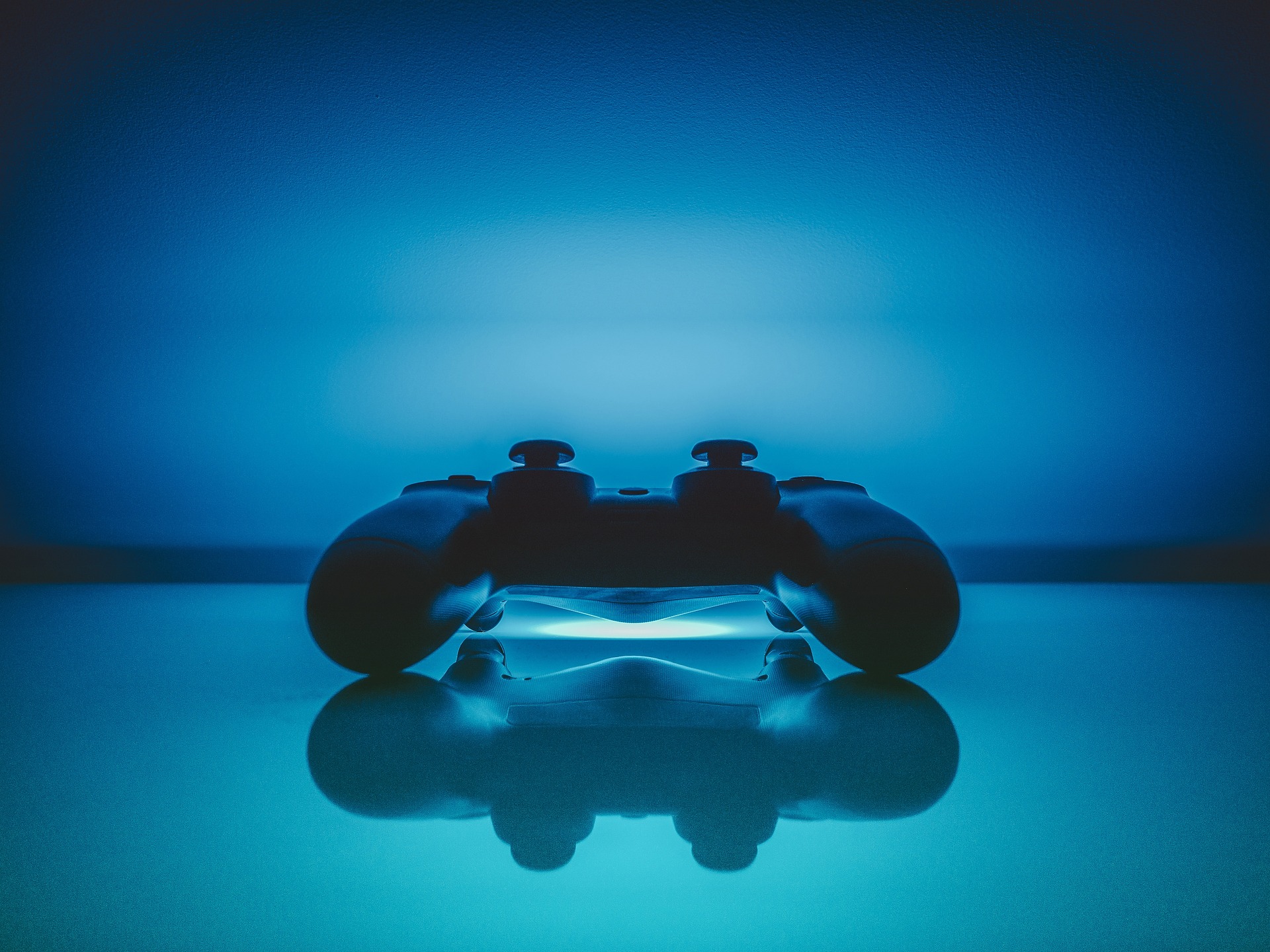Hey there friends! It’s Jyme and today we are taking a deep dive into the world of gaming.
Many of you have felt the magnetic pull of video games. They’re expertly designed, offering challenges, fun, and adventure. Whether we’re building, creating, problem-solving, or achieving, the possibilities are virtually endless.
Gaming isn’t just a pastime; it’s a unique journey providing an escape from stress, a break from the daily grind, and even a cure for boredom.
It’s a community, a confidence builder, a motivator, and a platform for self-improvement. But, let’s be real, despite its merits, there’s a darker side.
The debate on gaming addiction
As debates on gaming addiction persist, scientific studies increasingly reveal the potential for compulsive gaming to impact our daily functioning. In the United States alone, a staggering 188.9 million gamers spend an average of 16 hours per week in virtual worlds.
The research on “problem gamers” is eye-opening—they dedicate around 30 hours per week to gaming, sacrificing sleep, meals, hygiene, and even neglecting bodily pain (Science Direct).
Why does the gaming experience have such a tight grip on us, opening the pathway for addiction?
Join me as we unravel the psychology behind game programming, learn to spot the signs of gaming addiction, and discover actionable steps if you suspect you might be treading the path of compulsive gaming.
Ready? Let’s get started!
The psychology of gaming – how it hooks us in
- The pleasure center
If we’re going to understand why games have this magnetic pull, we’ve got to dig into the science and psychology that underpin the whole experience.
In the 1950s, scientists discovered the “pleasure center” in rats’ brains. Today, extensive research reveals that when our brains register a reward, they release dopamine—the neurotransmitter responsible for pleasure, motivation, memory, and more. This sets off a cycle, prompting a desire to activate the pleasure center again.
Gaming developers are well-versed in this neural playground. They’ve mastered intermittent reinforcement, surprising players with rewards at random intervals—a rollercoaster of surprises that keeps us hooked.
- Locked in
Ever wondered why some games penalize you for stepping away? It’s an incentive to stay locked into the game, avoiding temporary bans, penalties, or suspension. Sneaky, right?
Loot boxes act like virtual lottery tickets, tempting us to invest more time (and sometimes money) in the hope of receiving something priceless.
The University of Toronto’s research highlights how game developers not only aim for games to be “addictive” but also entice players to juggle multiple games, offering in-game rewards for playing another title by the same company.
This reward system operates as a puppet master, pulling the strings and keeping us returning for more.
Unfortunately, when our reward systems are overstimulated, it can pave the way to addiction or problematic gaming.
The real-life cost – compulsive gaming’s impact on quality of life
- Healthy vs problem gaming
It’s crucial to note that gaming itself isn’t inherently harmful.
Many gamers lead successful lives with no notable impact on mental health. However, internet gaming disorder, or gaming addiction, can drag us into a realm of real-life consequences.
- What is internet gaming disorder?
The World Health Organization (WHO) defines it as a pattern of gaming behavior, whether digital or video gaming, characterized by impaired control, prioritizing gaming over other activities, and persisting in gaming despite negative consequences.
When caught in the sticky web of compulsive or problematic gaming, recognizable behaviors emerge: lack of sleep, compromised hygiene, neglect of school or work obligations, incessant thoughts about gaming, self-isolation, an inability to quit or reduce playing, and using games as an escape hatch (Cleveland Clinic).
As we lose ourselves in virtual worlds, our ties to the real world may fray, leading to a decline in mental well-being and overall life satisfaction.
While this form of addiction is rare, its impact can wreak havoc on our lives, hindering us from living meaningfully and productively.
Taking control – what to do if you suspect you have a gaming problem
- Symptoms of addiction
If you suspect a gaming addiction, for yourself or someone you care about, it’s vital to recognize that help is within reach.
Experts in psychiatry and psychology refer to the DSM-5 to determine if gaming patterns qualify as addiction.
Typically, symptoms persist for about a year, and personal, family, social, educational, or occupational functions show severe or rapid decline (Cleveland Clinic).
- Resources for problem gamers
Not sure where to turn? SAMHSA (Substance Abuse and Mental Health Services Administration) can provide valuable insights. Reach out to them at 1-800-662-4357 for guidance tailored to your situation and information on local support options.
In cases of severe decline due to gaming addiction, consider rehabilitation centers like reSTART.
They offer support through outpatient or residential programs for both adults and teens, addressing a spectrum of issues, from gaming disorder to video game addiction, compulsive tech use, gambling, VR, AR, and social media, using a holistic approach.
The bottomline, according to Jyme,
Understanding the psychology behind game design and the potential pitfalls of compulsive gaming is the first step to reclaiming control.
It’s also crucial to recognize that not all gaming is harmful; it’s the patterns that veer into addiction territory that require our attention.
By unraveling the complexities, understanding the signs, and seeking support, we empower ourselves to live a more meaningful and balanced life beyond the virtual realms.
For more insights and tools to navigate life’s twists and turns, visit my website methodforliving.com and check out my blog for weekly updates!
Stay curious, stay resilient, and keep moving forward!



